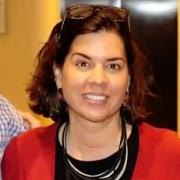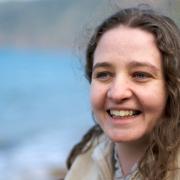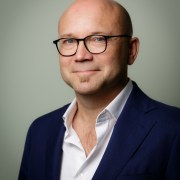Humans have been making things since before recorded history. In recent times, however, with the advent of global production and a shift toward consumerism, “making” at home and in school have become lost arts. Children and adults can learn much from taking objects apart, creatively putting materials together, and engaging in constructive pursuits such as sewing, carpentry and cooking. Beyond simply learning to use one’s hands, making affords the development and evolution of ideas impacting how the world works (Harel & Papert, 1991), often joyfully combining art and science so learners may express their own creativity and aesthetic.
The do it yourself (DIY) movement has grown over the past decade, reflected in the popularity of worldwide maker fairs, and in the growth of making galleries within science and art museums.
In this session, we present three museums’ making programmes at different stages of development: Planning for a number of activities geared towards fostering a ‘maker culture’ at NEMO in the Netherlands, post-implementation of a temporary making space at the Centre for Life in the UK, and the evolution and assessment of a permanent Tinkering Studio at the Exploratorium in the United States. We will present challenges and successes, and offer evidence for valued types of learning occurring in such spaces.




